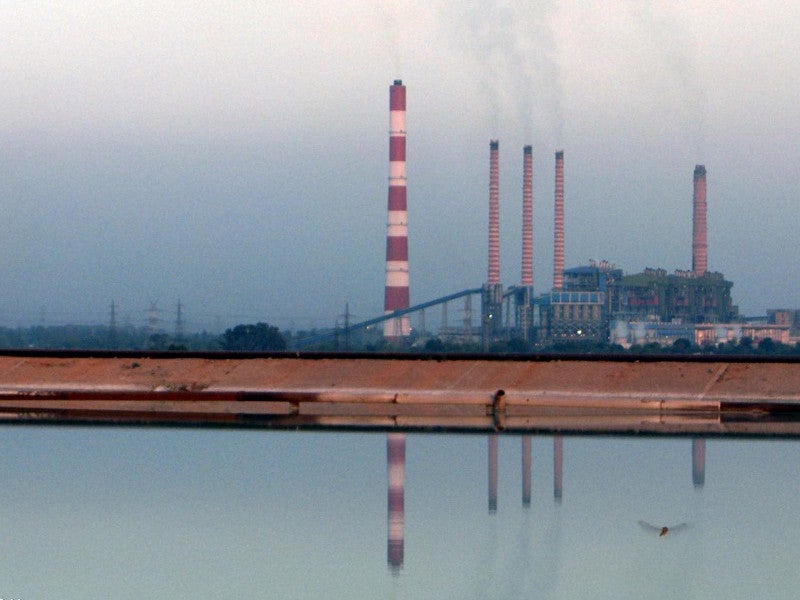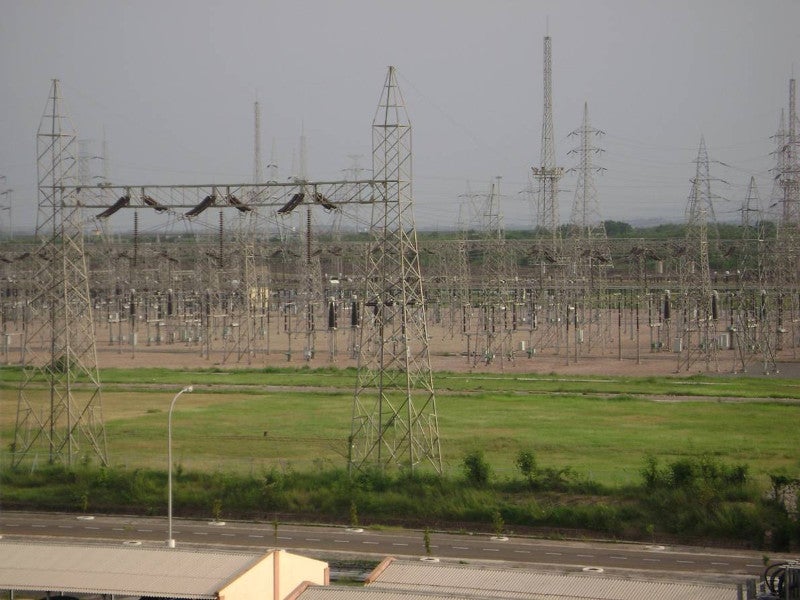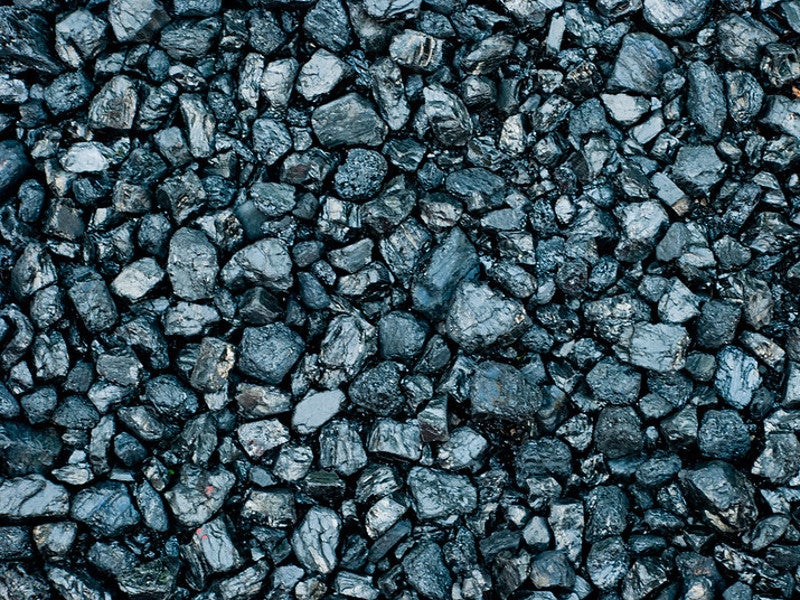The Ramagundam super thermal power station (STPS) is a 2.6GW coal-fired power station located at Ramagundam, Peddapalli district, Telangana, India.
Owned and operated by India’s state-run National Thermal Power Corporation (NTPC), the power station comprises seven generating units commissioned between 1983 and 2004.
The Ramagundam STPS was developed in three stages with an estimated total investment of Rs38.7bn (£507m).
The old units of the power station are undergoing environmental upgrades, while a 4GW new coal-based power project, named the Telangana super thermal power station, is planned to be developed in two phases adjacent to the existing Ramagundam STPS site.
At 6.6GW, Ramagundam is expected to be one of the biggest power generating sites in India, after the completion of the Telangana STPS.
Development stages and plant make-up
Construction on the Ramagundam STPS was started in the late-1770s. The stage one development of the power station comprised three 200MW coal-fired units commissioned during 1983 and 1984.
Three 500MW units were commissioned from 1988 to 1989 in stage two, while another 500MW unit was commissioned in 2004 in stage three.
The first three units of the Ramagundam STPS are equipped with boilers and steam turbine generators supplied by the Italian power engineering company Ansaldo Energia, while the main power generating equipment for the remaining units were supplied by Bharat Heavy Electricals (BHEL).
Coal and water supply for Ramagundam super thermal power plant
Coal for the units developed in stages one and two are sourced from South Godavari Coal Fields of Singareni Collieries, while stage three uses coal from the Korba Coal Fields of South Eastern Coalfields (SECL), a subsidiary of Coal India (CIL).
The power plant uses water from the Sri Ram Sagar Dam built on the Godavari River.
Power transmission
The electricity generated by the power station is evacuated via the 400kV switchyard onsite and supplied to south Indian states including, Pondicherry, Goa, Kerala, Karnataka, Tamil Nadu, and Telangana.
The power station is also connected with western India through the 360km-long 400kV Ramagundam-Chandrapur double-circuit transmission line by the Power Grid Corporation of India (PGCIL).
Recent contracts awarded
BHEL was contracted to supply and install fuel gas desulphurisation (FGD) system for the six units (three 200MW and three 500MW units) of stages one and two in August 2019.
BHEL was also received a Rs1.37bn (£15.4m) for the renovation and modernisation (R&M) of electrostatic precipitators (ESP) for the three 200MW units at Ramagundam super thermal power station in August 2008.
NGSL, a 50:50 joint venture between NTPC and General Electric (GE), and GE Power (formerly Alstom Power) were awarded a £52m ($64.5m) contract to upgrade the three old 200MW steam turbines of the Ramagundam STPS in February 2017.
The turbine upgrade was expected to increase the plant capacity by 10MW, while boosting the thermal heat rate of each turbine by 14%.
Telangana super thermal power station details
The Telangana STPS planned to be developed adjacent to the existing Ramagundam power station site will consist of five 800MW supercritical coal-fired units.
The phase one of the Telangana STPS project comprises two 800MW units, while the remaining three units will be developed in phase two.
Foundation stone for the project was laid in August 2016, while the first unit is expected to be commissioned by the end of 2020.
The 4GW power station is expected to use eight million tonnes per annum (Mtpa) of coal, out of which 4Mtpa will be provided by Singareni Collieries Company (SCLL), while the remaining will be supplied from the Mandakini Coal Block in Odisha and the Western coalfields in Maharashtra.





